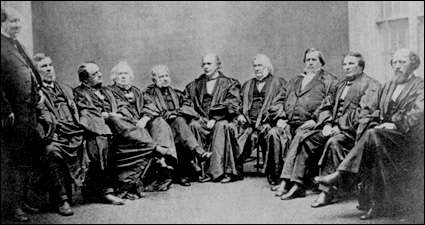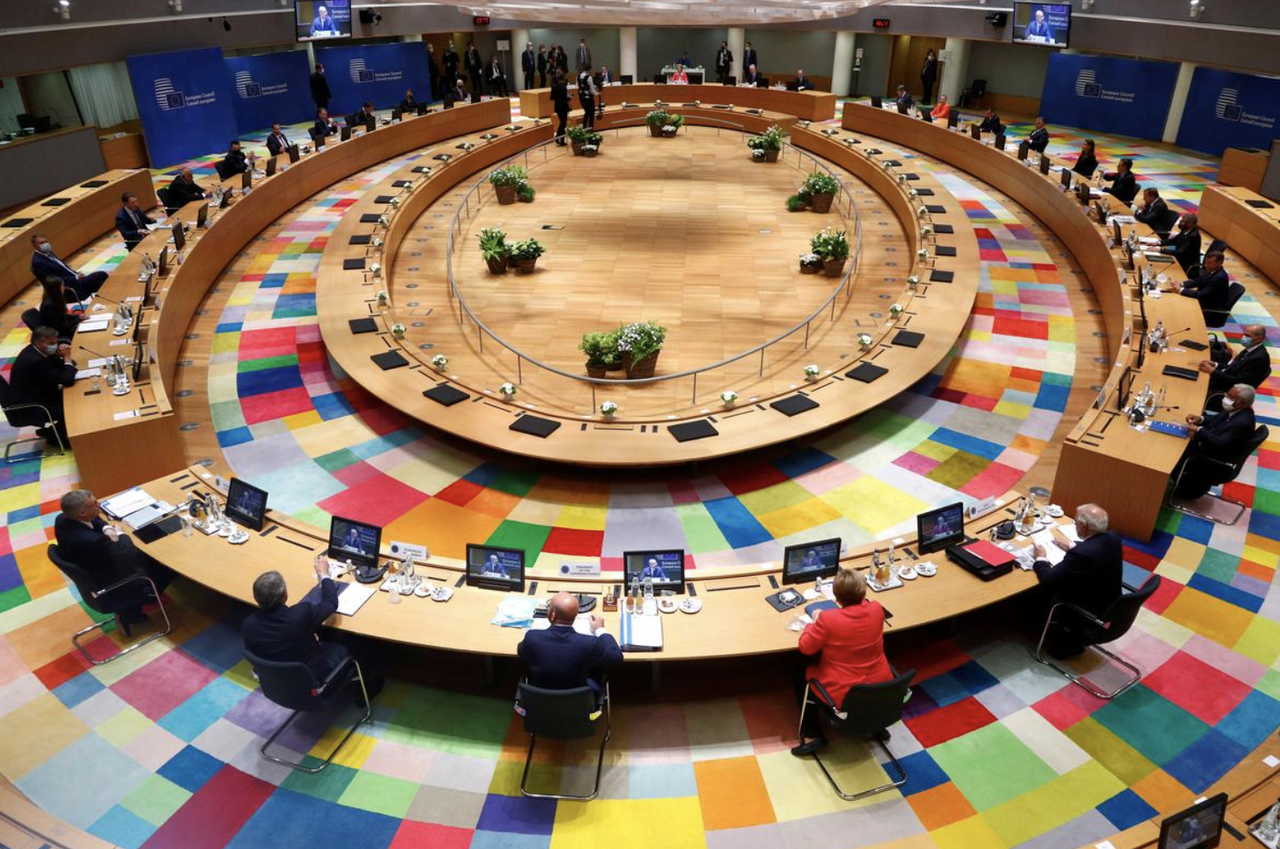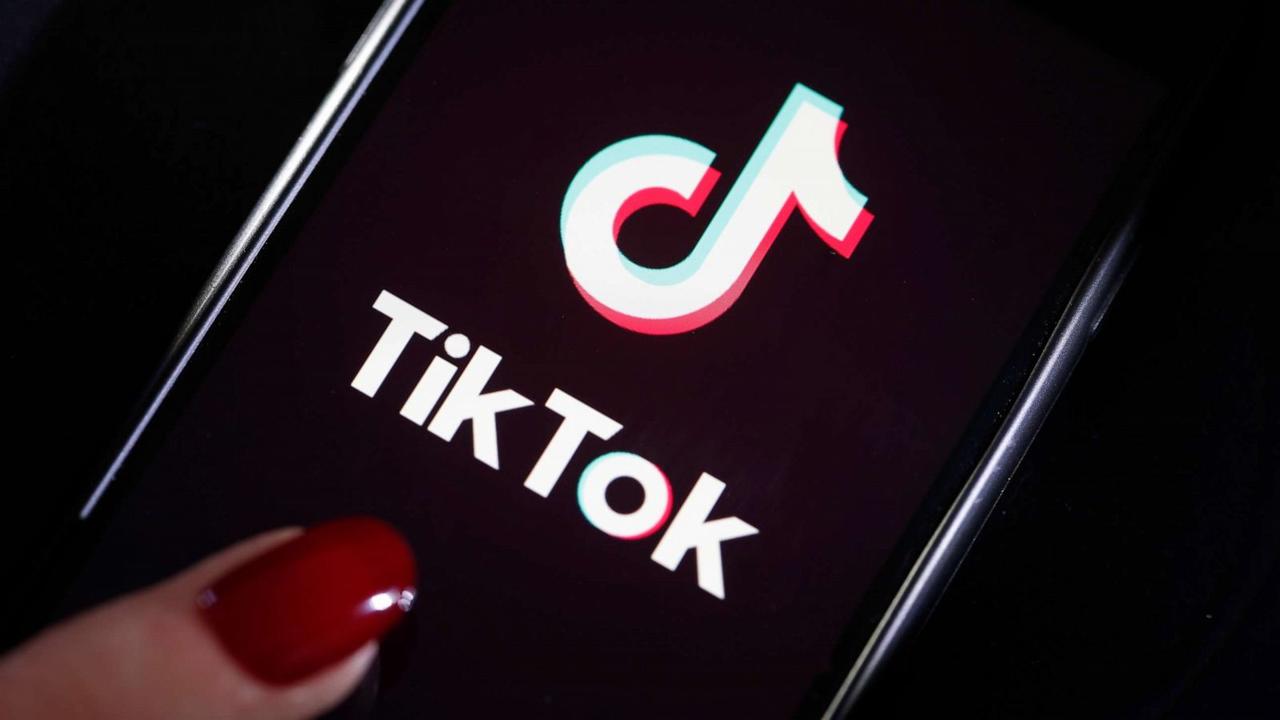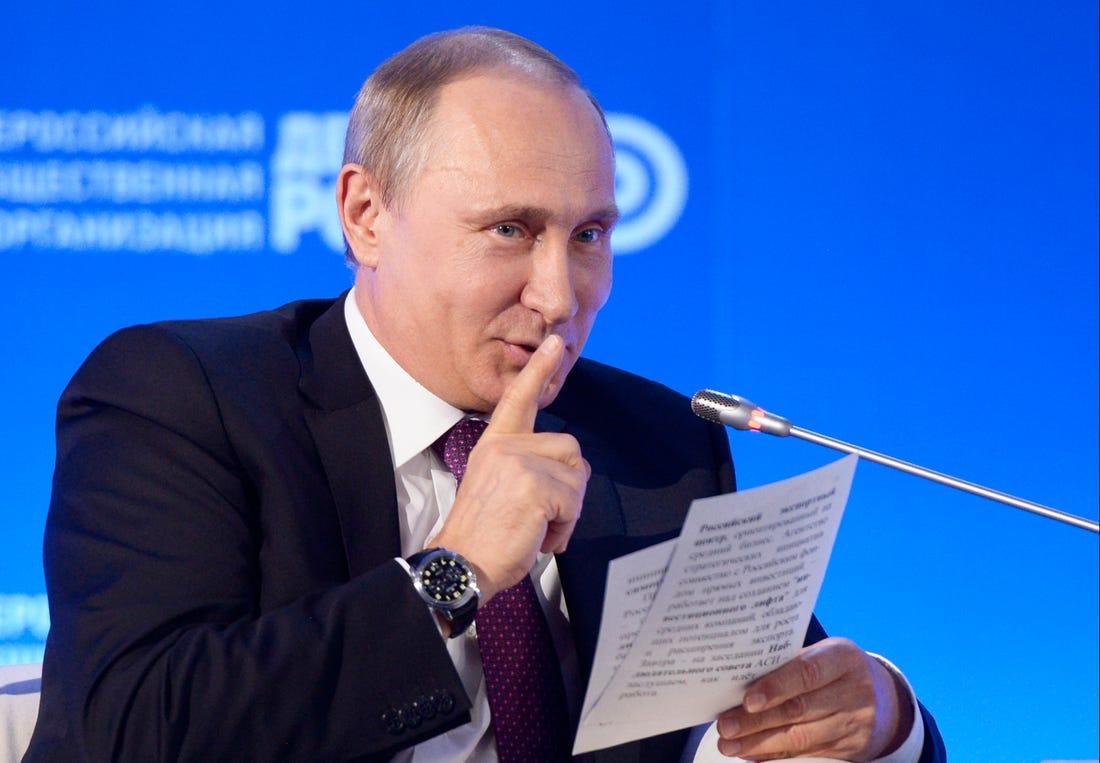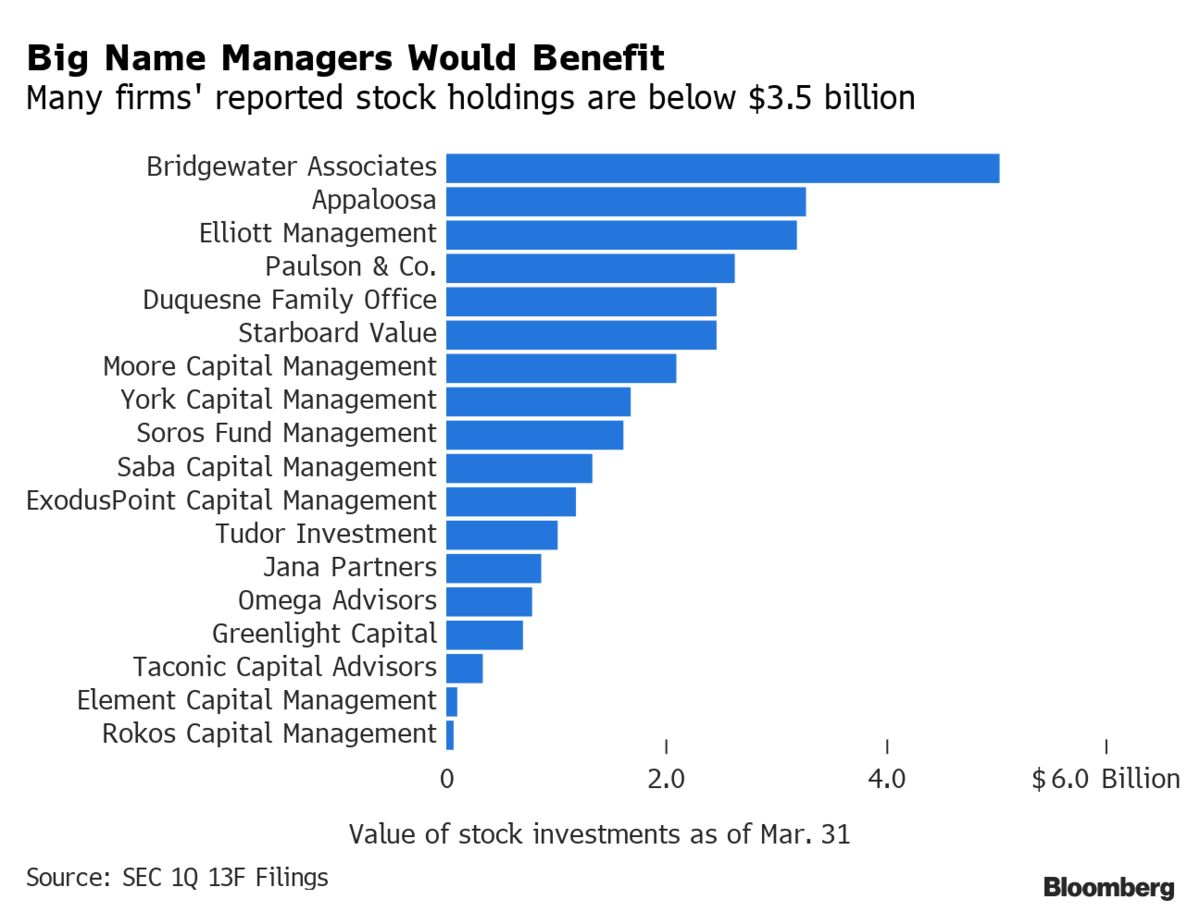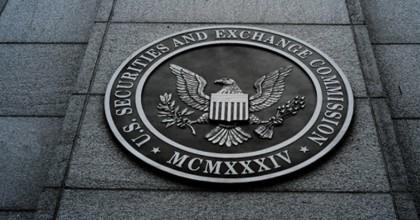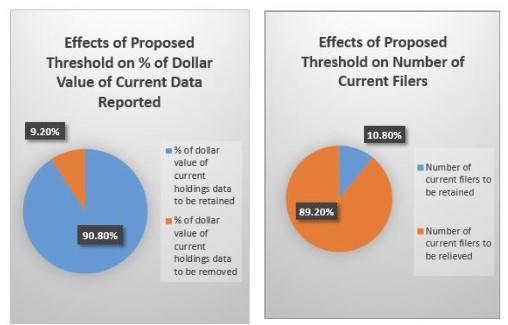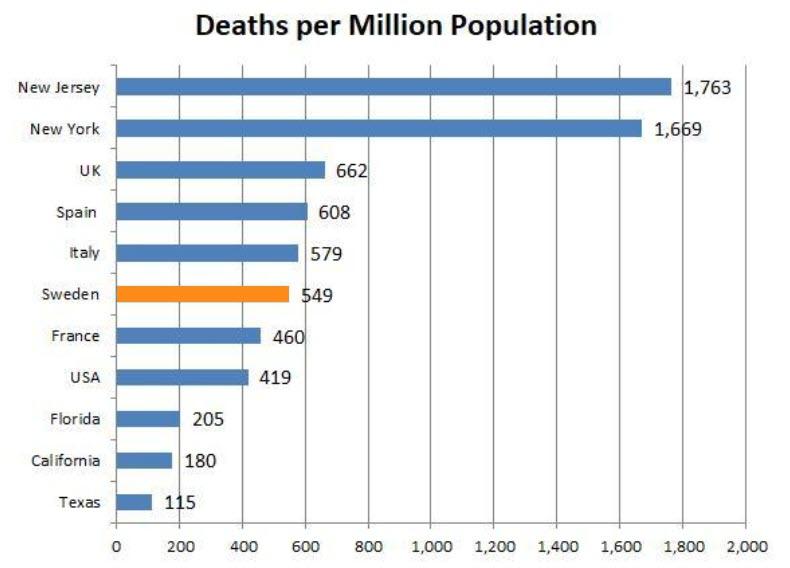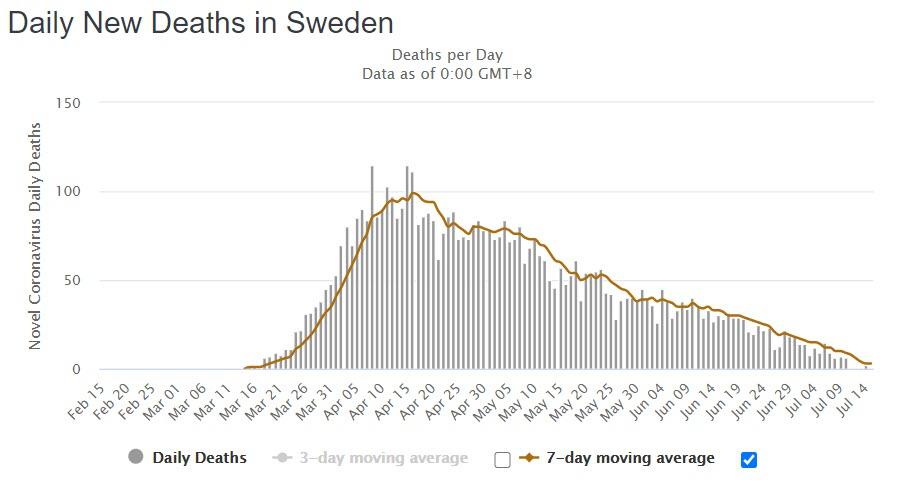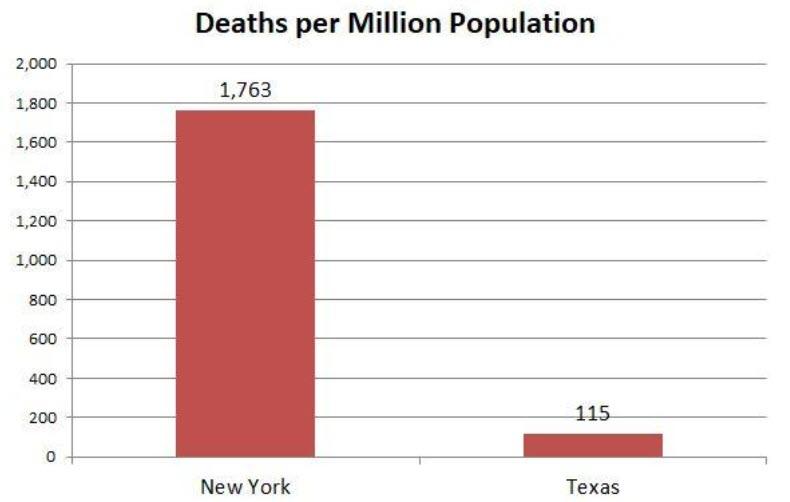
It is a truth universally acknowledged, pretty much, that not every Charlize Theron movie deserves to have Charlize Theron in it. Nor did Theron herself deserve to be stuck in such unworthy product as Woody Allen’s The Curse of the Jade Scorpion (2001) or The Last Face (2017), a straight-to-TV item directed by her onetime love interest Sean Penn. And let us say as little as possible about the witless Waking Up in Reno (2002), in which she played a gum-chewing Dixie chick named Candy.
But these strike-outs are anomalies among the nearly 50 movies Theron has made over the course of a career that is now in its 25th year. In this time, she has proved herself an actor of serious depth, winning an Oscar for the 2003 Monster, a nomination for the 2005 North Country, and plaudits for such singular films as Young Adult and Tully. At the same time, she has happily signed up for excursions into fantasy (the evil queen in Snow White and the Huntsman) and big-deal sci-fi (Ridley Scott’s Prometheus). In addition, she has also established herself as an A-list action hero in movies like George Miller’s thunderous Mad Max: Fury Road, the Cold War spy film Atomic Blonde, and now a Netflix feature, The Old Guard.
Like Atomic Blonde, the new film is adapted from a graphic novel, this one created by Greg Rucka (who also wrote the movie’s screenplay) and illustrator Leandro Fernández. Also like Atomic Blonde, the film version doesn’t quite work.
Theron plays Andy, the leader of a quartet of immortal warriors who frankly wouldn’t mind dying. (“I’ve been here before,” she says, faced with another hairy situation. “Over and over again. I’m just so tired of it.”) This world-weariness was a resonant theme in Rucka’s comic, but in the film it’s been diluted with a mopey humanitarian melancholy. (“We’ve done nothing,” Andy says. “The world isn’t getting better, it’s getting worse.”) This is fine and all, real-world-wise, but it makes the movie a trudge at times.
The story has a promising pulp texture, though (the sequel suggested at the movie’s conclusion could be fun); and director Gina Prince-Bythewood, who’s made her name with romances like Love & Basketball and Beyond the Lights, brings off the many action scenes with considerable verve. She also does a nice job with a flashback to the long-ago fate of an early Andy associate named Quynh (Van Veronica Ngo), which is gruesome in an especially colorful way.
Andy’s un-killable three-man team—Booker (Matthias Schoenaerts), Joe (Marwan Kenzari) and Nicky (Lica Marinelli)—has combat credentials that date back to the Crusades, and Andy herself has been around for several millennia (her ancient name is Andromache of Scythia). As the story begins, they’ve been hired by an ex-CIA operative named Copley (Chiwetel Ejiofor) to fly to South Sudan and rescue a group of little girls who’ve been kidnapped by child-slavers. This turns out to be a setup, though, and footage of the team’s ambush, slaughter and instant revivification is uploaded for use by a nefarious young pharma mogul named Merrick (Harry Melling, onetime Dudley Dursley of the Harry Potter films), who wants to extract the secret of their immortality for commercial purposes.
While Andy and company are contemplating this predicament, we’re taken to Afghanistan to meet a U.S. Army sergeant named Nile (Kiki Layne, of If Beale Street Could Talk). Nile is unaware that she, too, is an immortal warrior (until her throat is slashed by a terrorist and the wound fades away like a mild cough). But before long, she’s recruited to Andy’s team, and they’re all off to London to confront the creepy Merrick and his many murderous thugs.
The action scenes here don’t have the wild style of the ones in Atomic Blonde (but then that movie was directed by David Leitch, a veteran of the John Wick films). However, Theron wades into them with full commitment, and as always she’s a pleasure to watch. I do wish someone would’ve explained the exact nature of these people’s immortality—it turns out they can die, but generally just don’t, or whatever. If there’s a sequel, this opaque plot point should be high on any list of things crying out to be cleared up.
from Latest – Reason.com https://ift.tt/32scFnp
via IFTTT
